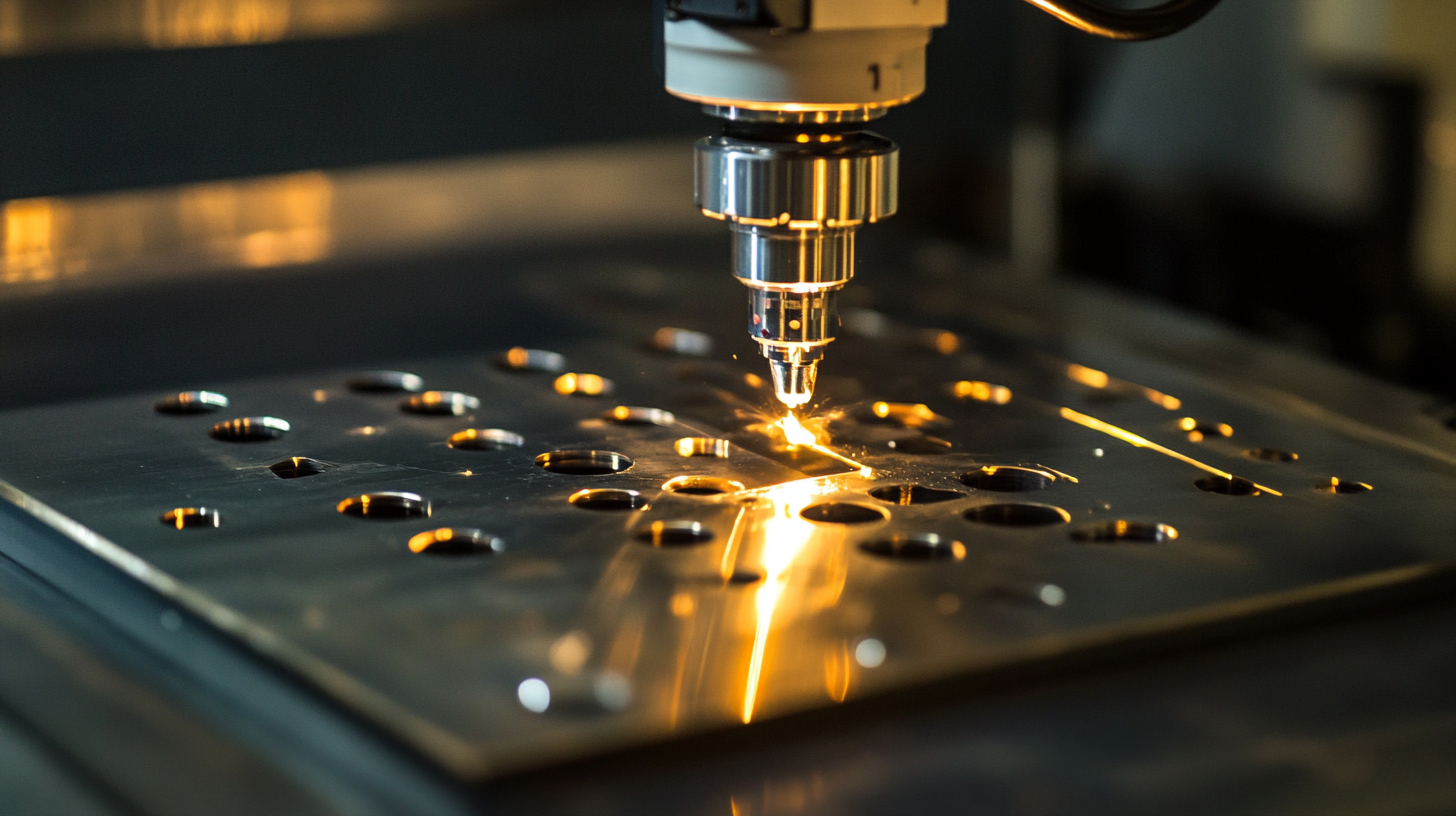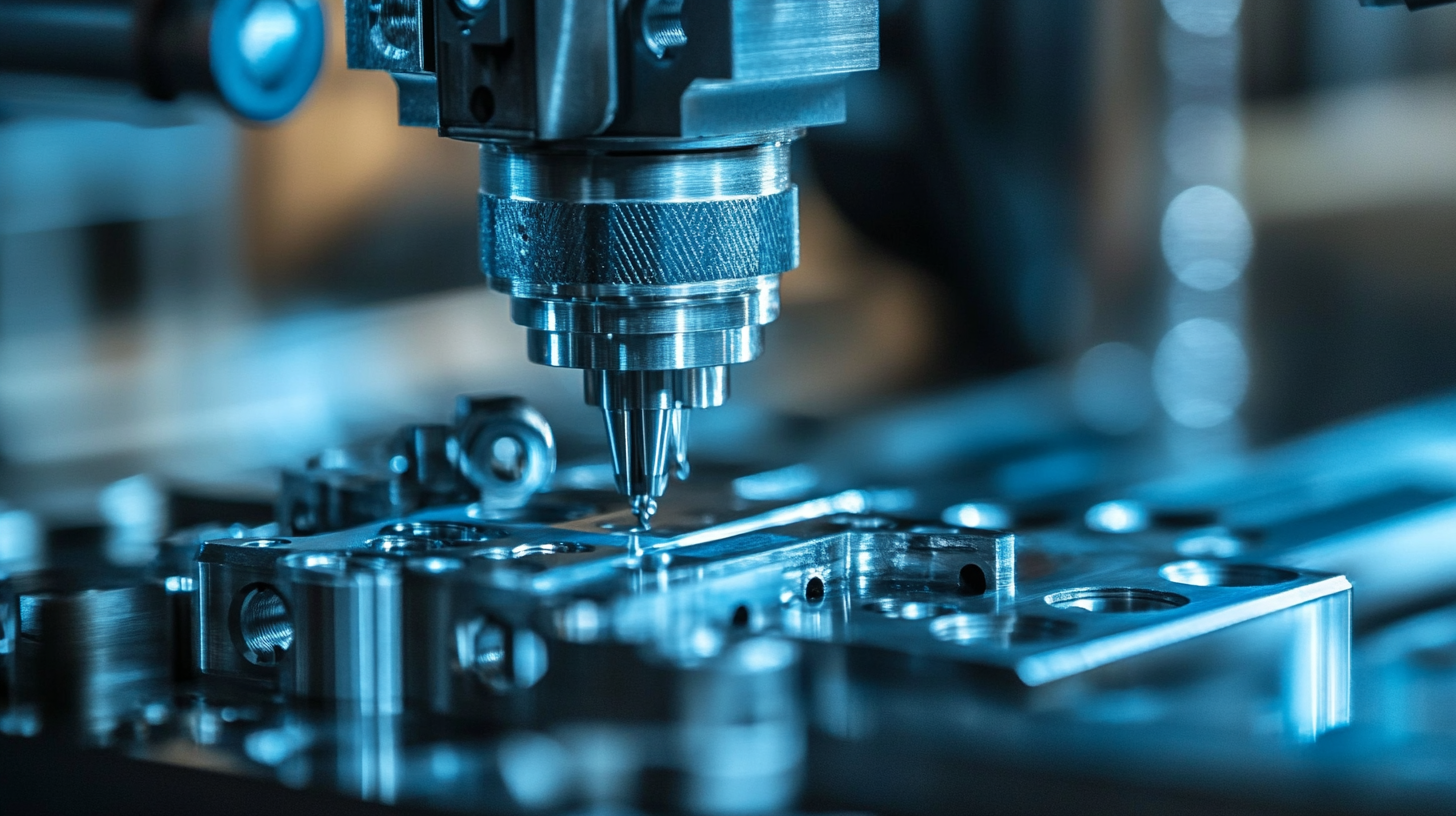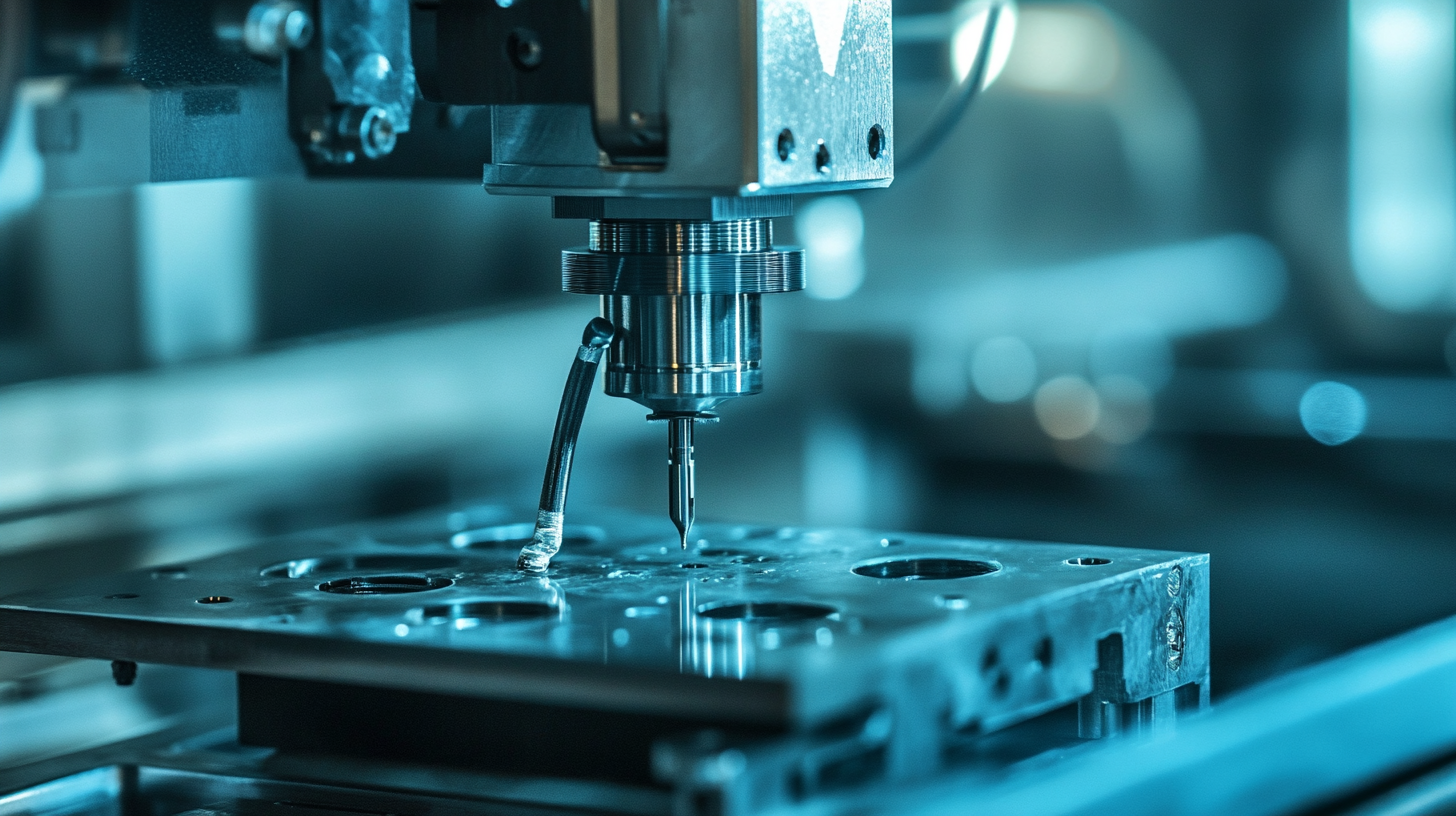
7 Factors That Make Best Precision Metal Stamping Essential for Your Manufacturing Success
In the competitive landscape of manufacturing, the quest for efficiency, accuracy, and cost-effectiveness is paramount. One critical process that has emerged as a game changer is Precision Metal Stamping. This technique not only enhances product quality but also streamlines production processes, enabling manufacturers to meet the rising demands of the market. However, not all metal stamping operations are created equal. To truly harness the benefits of Precision Metal Stamping, it is essential to consider a set of crucial factors that can significantly influence your manufacturing success.
This checklist serves as a guide to help you identify what makes Precision Metal Stamping indispensable, ensuring that you are equipped with the knowledge to make informed decisions and stay ahead in your industry.

Factors Driving Precision in Metal Stamping for Enhanced Manufacturing Efficiency
Precision metal stamping is increasingly recognized as a vital aspect of manufacturing efficiency, especially in a market predicted to reach $32.29 billion by 2032. As industries face unprecedented external uncertainties, the ability to achieve precision in metal stamping processes can be a key differentiator. The drive for enhanced manufacturing efficiency necessitates a focus on several critical factors, including material consistency, advanced tooling technologies, and skilled workforce engagement.

By maintaining stringent quality control and leveraging state-of-the-art equipment, manufacturers can minimize variances in production. The integration of digital technologies, such as automation and AI-driven analytics, plays a significant role in optimizing these processes. Furthermore, fostering a culture of continuous improvement among employees ensures that best practices in precision are consistently applied. As companies navigate the challenges of modern production, harnessing these factors will be essential for achieving a competitive edge and driving long-term success in precision metal stamping.
The Role of Tolerance Levels in Quality Assurance for Stamped Components
Tolerance levels play a crucial role in quality assurance for stamped components, significantly impacting the overall success of precision metal stamping in manufacturing. According to a report by the Precision Metalforming Association, a mere 1% deviation in tolerance can lead to a 20% increase in production costs due to rework and scrap rates. This emphasizes the necessity for stringent tolerance settings to guarantee that components meet specific design requirements while minimizing waste and maximizing efficiency.
Moreover, adherence to industry standards such as ISO 2768, which categorizes tolerances for linear dimensions and angular dimensions, ensures uniformity and reliability in production. When manufacturers establish robust quality assurance processes that incorporate precise tolerance levels, they can achieve lower rates of defects and improve customer satisfaction. A study published by the American Society for Quality indicates that companies actively managing their tolerance specifications can reduce product failure rates by up to 30%, resulting in enhanced market competitiveness. Thus, mastering tolerance levels not only fortifies product quality but also strengthens the manufacturing success.
7 Factors That Make Best Precision Metal Stamping Essential for Your Manufacturing Success - The Role of Tolerance Levels in Quality Assurance for Stamped Components
| Factor | Description | Impact on Manufacturing | Tolerance Levels |
|---|---|---|---|
| Material Quality | Using high-grade metals ensures durability and performance. | Directly influences product lifespan and customer satisfaction. | ±0.01 mm |
| Die Design Precision | Effective die design maximizes material utilization and reduces waste. | Improves efficiency and lowers production costs. | ±0.005 mm |
| Process Control | Implementing strict controls ensures consistency in output. | Reduces defects and enhances reliability. | ±0.01 mm |
| Technology Integration | Utilizing advanced technology improves precision and efficiency. | Increases production speed and lowers operational costs. | ±0.02 mm |
| Skilled Workforce | Trained professionals can enhance operational efficiency and product quality. | Minimizes errors and defects in production. | ±0.007 mm |
| Quality Assurance | Regular inspections ensure components meet required specifications. | Supports compliance with industry standards. | ±0.005 mm |
| Customization Options | Providing tailored solutions to meet specific client needs. | Enhances customer satisfaction and increases market competitiveness. | Varies by project |
Technological Advancements Elevating Precision Metal Stamping Processes
Technological advancements are continuously transforming the precision metal stamping processes, significantly enhancing manufacturing efficiency across various sectors. With innovations like advanced robotics and artificial intelligence, manufacturers can achieve unrivaled precision in their stamping operations. This not only reduces waste but also shortens production cycles, making it a game changer for industries such as automotive and electronics.
Tip: Investing in training for your workforce on the latest technologies can lead to better utilization of these advancements, ultimately boosting productivity.
Moreover, the integration of 3D printing technology with metal stamping is paving the way for more customized solutions that meet specific client needs. As industries demand more flexibility and rapid prototyping capabilities, companies that adopt this hybrid approach will likely stay ahead of their competitors.
Tip: Consider collaborating with technology partners who can provide insights into emerging trends and help optimize your stamping processes for better outcomes.
Cost Analysis: Investing in Precision Metal Stamping for Long-Term ROI
Investing in precision metal stamping is crucial for manufacturers aiming for long-term ROI, especially in the rapidly evolving landscape of industries like electric scooter manufacturing. According to a recent report by IMARC Group, the setup cost for a modern electric scooter manufacturing plant can exceed several million dollars. This underscores the importance of selecting the right processes and materials to optimize production efficiency. Precision metal stamping not only enhances product quality but also significantly reduces waste and production costs, making it an essential factor for manufacturing success.

Furthermore, the report highlights that adopting precision metal stamping techniques can lead to lower cycle times and improved manufacturing speed, essential for meeting growing consumer demand. With projected increases in the electric vehicle market, the need for high-quality components manufactured through precise methods is more critical than ever. Companies that invest in advanced stamping technologies often see an average ROI of 25-30% over the first few years, proving that the initial setup costs can yield substantial long-term benefits. Emphasizing precision in manufacturing processes allows companies to stay competitive while ensuring product reliability and customer satisfaction.
Industry Standards: Meeting Compliance and Safety Requirements in Metal Stamping
In the realm of precision metal stamping, adherence to industry standards is paramount for manufacturers aiming to ensure compliance and safety. The precision metal stamping market is projected to reach USD 25.8 billion by 2027, as noted in a recent report by Research and Markets. This growth underscores the increasing emphasis on meeting stringent regulatory requirements, which not only enhance product quality but also mitigate risks associated with non-compliance.
Meeting compliance starts with understanding the relevant standards, such as ISO 9001 for quality management systems and ISO 14001 for environmental management. Manufacturers must conduct regular audits and implement best practices that align with these standards. According to a study by the National Association of Manufacturers, companies that embrace these standards experience a 16% improvement in operational efficiency and a 14% increase in customer satisfaction. This makes adherence not just a regulatory obligation but a competitive advantage in the high-stakes metal stamping industry, ultimately contributing to long-term manufacturing success.
